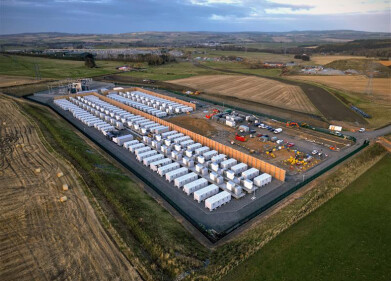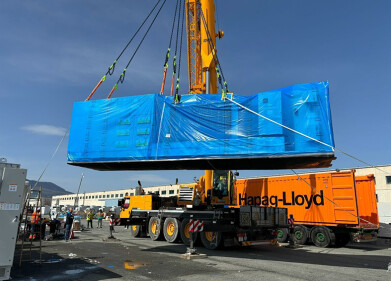Green energy
Green “Shock Harvester” Energy is a Shoe-In for Wearable Tech Fans
Feb 07 2015
Renewable energy is very much in fashion right now. With concerns about climate change and the effects we as a population are having on our planet rising all of the time, businesses and consumers are under pressure to reduce their carbon footprint. As a result, scientists are being encouraged to think outside of the box when considering alternative energy forms – as can be seen in this article: Five Surprising Sources of Green Energy.
German engineers are known for their efficiency – but not always for their fashion sense. However, a new energy-producing shoe, which harvests the kinetic motion of walking, could be the latest thing to set the catwalks alight in the coming years.
“Shock” and “Swing”
The device, which is small enough to be placed comfortably inside the sole of a normal trainer, generates energy from the action of walking in two phases. Firstly, there is a “shock harvester”, which capitalises upon the force of the heel hitting the ground, while secondly, the “swing harvester” produces power by monopolising the force generated while the leg is in motion.
The design works on a system of magnetic fields and stationary coils. As the magnets pass the coils, a voltage is created which can be stored and used. Of course, because of the diminutive size of the generator – which needs to fit unobtrusively into the shoe – the voltage generated is incredibly small.
At peak production, the coil will produce around three or four milliWatts (mW), which although is not enough to power handheld devices, could offer itself to range of other applications.
Movement Sensors
One such application which the team at HSG-IMIT research centre in Villingen-Schwenningen are pursuing is the placement of sensors inside the shoe. The act of walking would be enough to power the sensors, which could measure foot rotation, acceleration and angular velocity, to determine how fast you are travelling, what distance you have covered and in which direction.
Klevis Ylli, a member of the team, explained how this could be put into practical use: “Imagine a rescue unit walking into a building they don't know. They could then track which way they went on their handheld device.” Such information could vastly cut down valuable waiting time for those in need of medical attention or physical assistance, potentially saving lives.
Back to the Future
Another possible application of the technology could be in self-lacing shoes for the elderly. Indeed, sports giants Nike have even released a range of self-tying shoelaces to coincide with those worn by Marty McFly in the movie Back to the Future.
In a similar manner to those released by Nike, these self-tying shoes could use the power generated from walking to secure themselves around the feet of the wearer. However, if developed properly, they could be far more useful than the Nike gimmick, when marketed to the elderly and infirm audience.
The future is here – and it’s self-lacing.
Events
Mar 18 2025 Expo Santa Fe, Mexico
Mar 18 2025 Moscow, Russia
Mar 19 2025 Manila, Philippines
Mar 20 2025 Guangzhou, China
Mar 24 2025 National Harbour, MD, USA














